List of titles:
Update Update: The newest postings will now also have tonemapped UHD/upscaled BD shots for regular comparison of image detail.
Update: I've now added a similar analysis but for saturation of colors instead of brightness values. Added some info below.
Color Gamut Analysis
Regular BDs are graded and encoded in the more limited Rec709 color space while UHDs are encoded in the wider Rec2020 color space, which allows for a greater range of saturation to be displayed. While Rec709 is a large subset of Rec2020 and the majority of colors in most images will be neatly contained within that, if it's needed Rec2020 allows more saturated parts to shine through. Typically very saturated fabrics and textures, colored lights, fire and the like will make good use of it.
If you've read about Rec2020 or wide color gamut (WCG) but you're unsure of what it really is: it's extremely similar to HDR, but for colors. With HDR the bulk of any image will still be the same as regular SDR, but then certain light sources and strong reflections for example can push the brightness way outside what is possible with SDR, for greater contrast, highlight detail and a more lifelike representation of light. Same with colors and Rec2020. It's not a completely different system where
all the colors are radically different and magically better
all the time, most images in Rec2020 would be largely the same as in Rec709, it's just that certain parts can be more saturated than what would be possible with the latter. In the same way as the expanded range for HDR allows for better highlight detail, so can Rec2020 allow for a bit better detail in highly saturated areas.
But unlike with HDR, thankfully, no one's really doing any "torch mode" oversaturated grades that I've seen.

Rec2020 was also meant to be future-proof and contains a lot of colors that very few displays today can actually show. In between Rec2020 and Rec709 there's also the DCI-P3 color space, which has been the standard for cinema grades for many years and is closer to what typical displays today are capable of. As such most UHD discs with color saturation outside of Rec709 will be mostly contained by the DCI-P3 space, simply because it would be difficult to grade using colors you couldn't see.
So this is what the color gamut analysis can look like:

The analysis consists of two parts: the images themselves, and the little color gamut graphic down in the corner. For the images all of the colors that are inside the Rec709 color space will be desaturated completely, i.e. for a regular BD, or an UHD that doesn't make use of the expanded saturation that Rec2020 provides, the image will be greyscale. For colors outside Rec709 the intensity will depend mainly on how saturated it is.
The little graphic shows three triangles. The big one is the complete Rec2020 color space available for content on UHD, the white triangles show the colors the DCI-P3 and Rec709 spaces can contain of the full Rec2020 gamut. Here the intensity depends mainly on how many pixels there are of any specific color in the image, and grey parts of the triangle means the analyzed image does not contain any significant number of pixels with colors of that shade/saturation.
For both the image and the graphic the intensity is also multiplied by the brightness of the image, i.e. darker parts are attenuated. One problem with measuring saturation using the common mathematical models is that it's disconnected from the brightness. You can have saturated pixels that are very dark, or saturated pixels that are very bright; the saturation comes from the ratio between the RGB channels. The problem in the darker parts of the image is that the values are so small to begin with that any sort of slight noise can easily cause the saturation to go off the charts. But this is a "pointless" saturation since those parts are too dark to see anyway, so it's better to reduce them. This is what the the previous example would look like without this:

Mostly noise and not very useful. And if you think the images look kind of noisy and blobby and compressed and a bit garbage still, then you'd be right. The pure color/chroma information especially in compressed images is vastly,
vastly inferior to the luminance information.
HDR Analysis
So lately I've been messing around with a way to analyze UHD screenshots and create heatmaps from them; if you're into games you may have seen something similar for those around the net.
This is what it might look like:

Mapping the luminance values to the color spectrum is probably the easiest way to effectively visualize the dynamic range of HDR content on an SDR display. Some alternatives would be:
- Looking at the raw ST2084-encoded images. But with the way the curve compresses the luminance range it's very difficult to discern any detail and you don't really get the appropriate effect.
- Decoding the ST2084 image. But an SDR image can only fit so much at once so you effectively have to choose which range to display—if you wanted to show the detail in the brightest highlights you'd have to darken the image so much it wouldn't be very nice to look at.
- Create some kind of web app with a brightness slider, more or less an interactive version of the previous. This would be pretty cool but it would also require a lot more effort to get working and it's an area I'm not really versed in.
Anyway for simple, static images, heatmaps are pretty good. It's fun to see the additional highlight detail that HDR can bring out, especially when comparing to old, hard-clipped masters, and it's interesting to see how different studios and filmmakers use it. And let's not forget putting numbers on things!
So, some explanation of the image above. To the left you have the nit legend, the entire range from 0-10000 nits with some arbitrarily chosen numerical levels. I call 0-100 nits the "SDR range" and the map is adjusted so that range is only blue(ish), and the rest of the colors start from there. It means images will generally be mostly blue and a lot less rainbowy than the particular example above, but I've chosen this in order to create some separation, which I'll come to shortly.
- Peak: of course the most interesting value and pretty obvious, the highest nit value found in the image.
- Avg: the average nit value across the entire image.
- Avg SDR: the average nit value across the entire image with a modest tone-mapping and clipping applied around 100 nits, essentially the average of the "SDR" part of the image.
- Input: whether the image is HDR from UHD or SDR from regular BD, because I also have a path for those, which brings me to the second part of the analysis.
When trying to explain what HDR is or isn't to people not in the know, the standard mantra has often been some variation of "HDR doesn't mean the entire image is brighter, it just means the parts that should be brighter will be" except that didn't always turn out to be true. Akin to the loudness war in the music industry it seems some studios just could not keep themselves from pushing the entire image to excessively bright levels, hence "torch mode" UHDs. Despite their otherwise excellent quality Sony for some reason seems to have been the main offender on their catalog titles, though not the only one.
A few reasons why having an average brightness that's too high is bad:
- It's just plain too bright for dim/dark room viewing and causes eyestrain. HDR by its nature is also not very filmic and in my opinion you do lose a bit of the movie magic, but when the entire image is constantly bright it really brings attention to the fact that you're being blasted with light from an electronic screen.
- You lose out on potential contrast, the reason for HDR in the first place. A particularly bright highlight won't have as impressive of an effect if the rest of the image is already pushing the brightness high.
- Tied to the above it's especially bad for OLEDs and lower-end sets. An already high average brightness could mean the limiter doesn't allow the brighter highlights to reach the levels they should be at.
- With SDR and it's relative scale it's more straightforward to fix if it's not right—change the backlight in either direction and it'll change in a linear fashion, generally not affecting other stuff too badly. Things are more complicated and more blackboxed on the HDR side with its absolute scale. It's not obvious if or how messing with the controls might adversely affect the tonemapping, gamma, peak brightness or something else in a way that wasn't intended. Add to that things like Dolby Vision which on my set behaves completely different from HDR10.
- It's just annoying when some titles are very bright and some aren't. The reason things like ReplayGain exist on the audio side.
I'm not sure why they would even do it in the first place, the only things I can think of is that they're trying to impress ignorant people, or they listened to early complaints about HDR being too dim during daytime viewing. I think both are loads of crap, the first because this is supposed to be a premium format for enthusiasts, the second because why even care about critical viewing and UHD and HDR when you have the sun shining brightly through the windows? That's going to a poor experience no matter what. At the very least it should not take any kind of precedence. Sony et al, if you're listening: Stop mastering your HDR titles so damn bright!
OK, off the soapbox and back to the heatmaps. One reason for doing this was to see if it would be possible to put some numbers on this torch mode issue, and maybe look for any patterns. As mentioned I can also feed this thing regular SDR shots from BDs. For these I'm simulating a display with a decoding gamma of 2.4 and peak brightness set at 100 nits, bringing them into the same world as the HDR shots allowing for direct comparison. This is why I wanted some separation in the ranges.
What the BD version of the earlier shot looks like on this simulated 100 nit display and fed through the heatmap:

For SDR shots, "Peak" will not go above 100, it will not show any color except blue, and the "Avg" values will always be the same. Here's also where you can start doing some comparisons on the numbers. If you look at the "Avg SDR" value from the HDR and compare it to that of the SDR, that might give you an inkling of how bright the HDR version was mastered compared to the SDR. Of course it'll also be visible in the images themselves, if the HDR one is generally brighter or darker.
Moreover I created a function that looks at the low and mid ranges of the HDR/SDR versions—because those are generally fairly similar between the two, the upper range is where they diverge—then changes the simulated peak brightness of the SDR input, and tries to find at what point it matches best to the HDR. The way to explain it would be something like: if the HDR version had a highlight roll-off similar to that of the SDR version, it would be roughly equivalent to displaying the SDR version with peak brightness at X nits. I'll include this info together with any comparisons I post.
It should be noted that this matching function is not an exact science and differences in gamma, curves, grading, crushing and so on affect it and in extreme cases make it freak out, but from a visual inspection most of the time it gives a decent rough estimate, especially if you look at the average over several shots. Since the 100 nit peak has been a pretty standard target for a long time, optimally you'd want it to be somewhere not too far from there, but keep in mind it's a relative number; if the SDR version was excessively dark to begin with, then the HDR might appear excessively bright in comparison.
I'll try to post some titles now and then if there's interest. I'll add a couple of interesting shots to the posts, but there will likely be more in the album if you follow the link. I don't have a huge collection and mostly older titles, but if you have any specific request I'll see what I can do, or if you want to supply your own shots I can run them through the machine too. Any questions or thoughts or if you want more technical details on the process let me know.















































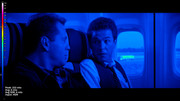



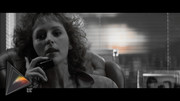
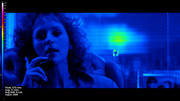
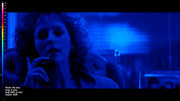


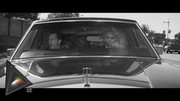
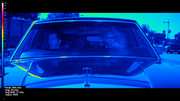
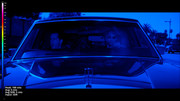


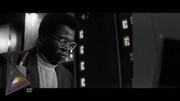
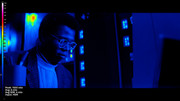
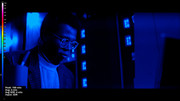
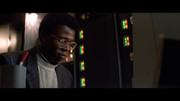
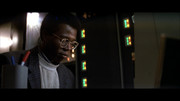
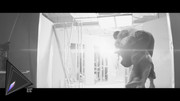

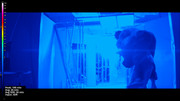
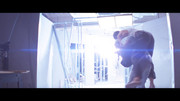
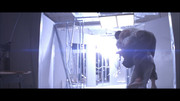
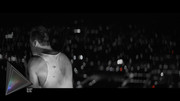
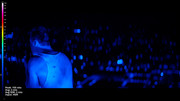
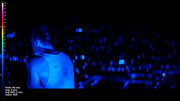
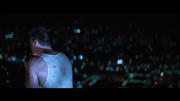
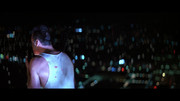
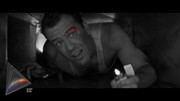
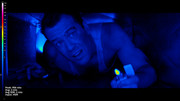
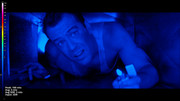

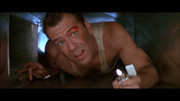

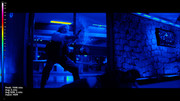
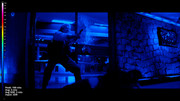
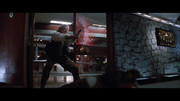
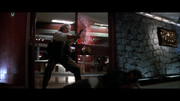
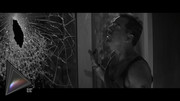
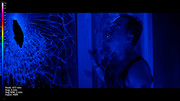
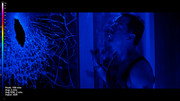



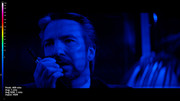
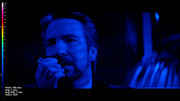


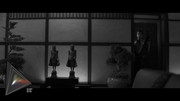
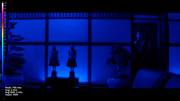
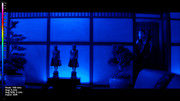
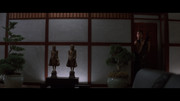
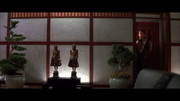

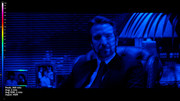
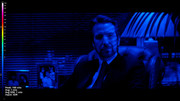


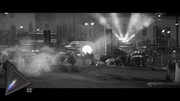
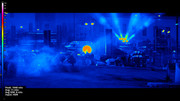
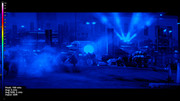
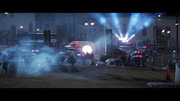
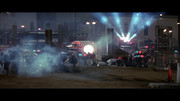
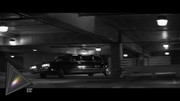
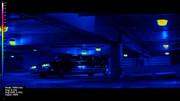
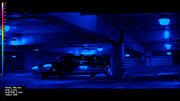
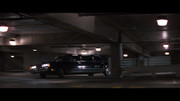
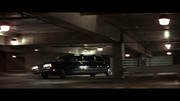
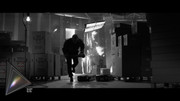
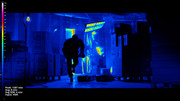
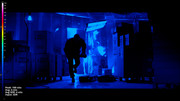

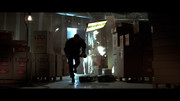
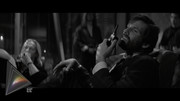
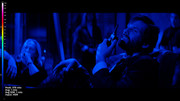
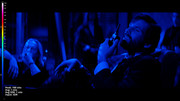

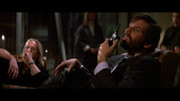
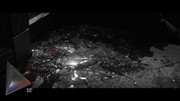
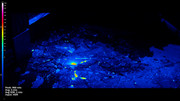
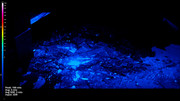
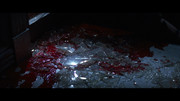
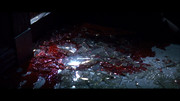

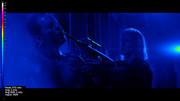
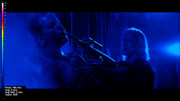



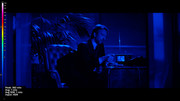
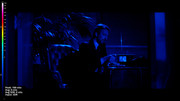


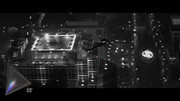
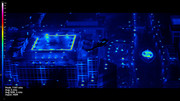
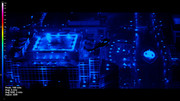

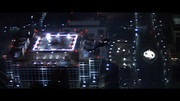




































































































































 Linear Mode
Linear Mode

